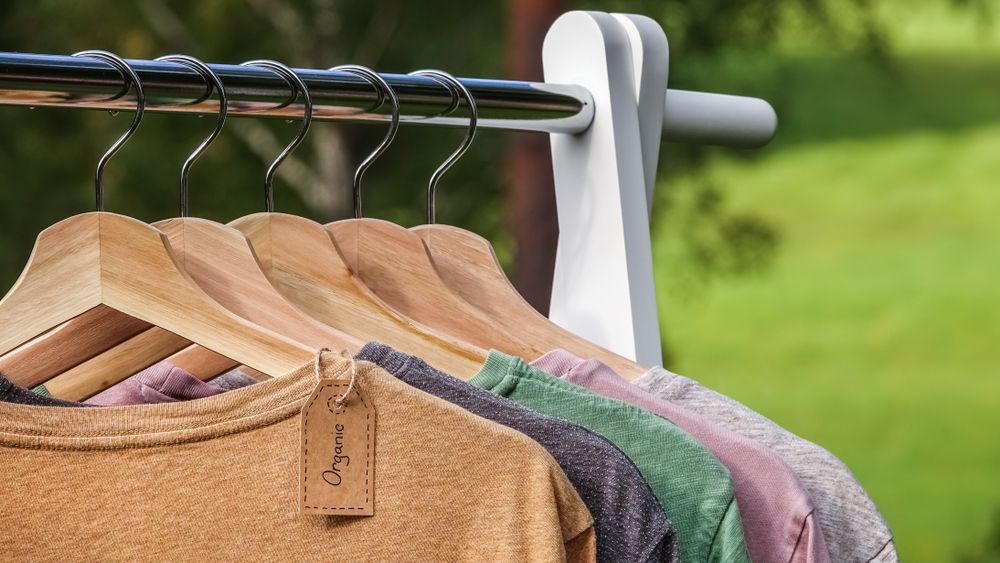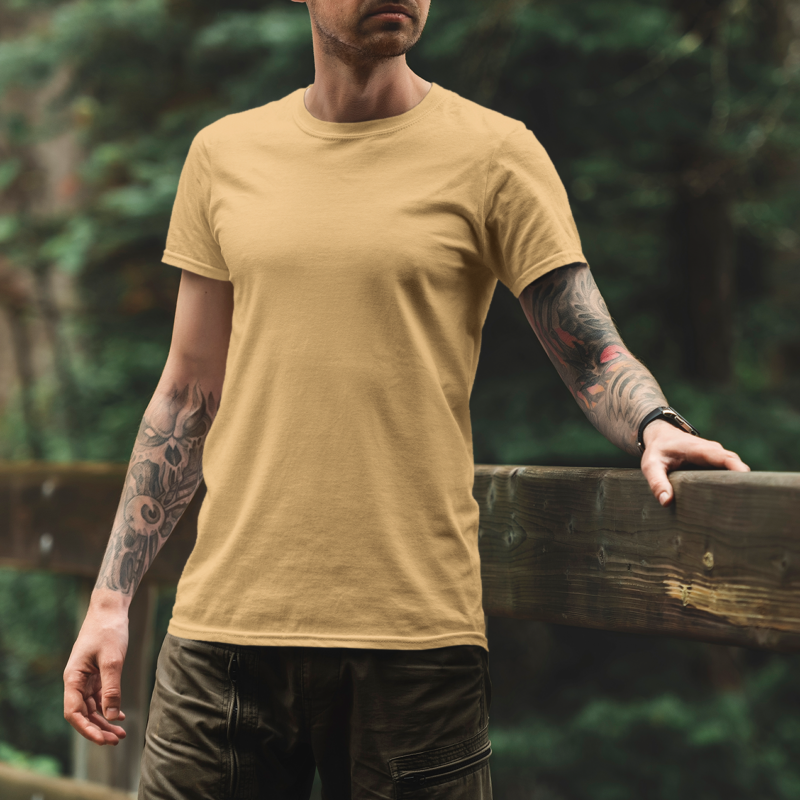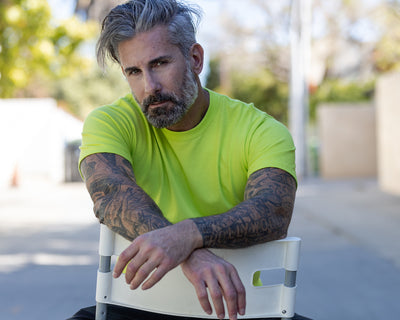Handy Facts For Selecting Hemp Clothes
Wiki Article
Why Is Hemp So Much More Durable, Biodegradable, And More Regenerative Than Cotton?
Hemp is often considered more biodegradable, durable and regenerable than cotton due to its properties inherent to it and the way it is grown. Here's why- Biodegradability-
Natural Fiber Natural Fiber Hemp is an organic plant fibre that is biodegradable. Clothing and textiles made from hemp decompose over time. This means that they can be returned to nature without leaving any waste. This is different from synthetic fibres like polyamide, which degrade over hundreds of decades.
Hemp textiles are free of synthetic additives - Hemp fibers usually don't have any synthetic additives. Contrary to cotton, that may contain synthetic chemicals (such as finishers or dyes) that could hinder biodegradation, hemp fibers don't.
Durability-
Hemp fibers have earned a reputation for their strength and durability. Hemp clothing is less likely than cotton clothes to wear out, so it lasts longer. The durability of hemp clothing allows it to withstand many more washing cycles and wear cycles with no indications of wear and tear.
Hemp fabric is more resistant to pilling than cotton. This attribute contributes their longevity and their quality.
Regenerative Agriculture-
Soil Quality - Hemp is a regenerative plant when it is grown in a sustainable manner. Hemp cultivation that is sustainable has a deep-rooted system that will stop compaction of the soil. This system of roots assists in preventing erosion. This process of regeneration could improve the soil for the future growth of crop.
Low environmental impact Sustainable hemp cultivation methods require the use of only a few pesticides. The cultivation of cotton is a conventional method that can result in soil degradation as well as water pollution, among other environmental issues due to the use of synthetic chemicals.
Water Efficiency-
Hemp typically requires less cotton to grow. Due to its drought-resistant properties hemp can be grown without much irrigation or rain. It is therefore more efficient with water especially in areas where water resources are limited.
Hemp is a good addition to crop rotations that improve soil health and reduces the risk of disease and soil depletion. Cotton farming is not as prone to crop rotation.
Hemp is a flexible material that can be used to many different products including building materials, clothes, textiles, and paper. The versatility of hemp implies that it can be used to help support many industries using eco-friendly, sustainable practices.
While hemp is a great product with many benefits but it is essential to be aware that hemp and cotton could both be made in a sustainable or unsustainable way, depending on the processes and methods used to grow them. Choose hemp products produced with eco-friendly, ethical practices to reap the maximum environmental advantages. The use of organic cotton is also a way to reduce environmental issues that come with traditional production. Follow the top rated read what he said for hemp clothing for blog examples including patagonia hemp jacket, dash hemp clothing, jungmaven sweatshirt, hemp garments, patagonia ranch jacket, hemp shirts wholesale, jeans hemp, hemp jeans, hemp fabric by the yard, patagonia iron forge jacket and more.

How Can Hemp Fibers Benefit On Carbon Sequestration, Sustainability And Crop Rotation?
Hemp fibers are a green option for textile and agricultural production. They are beneficial for carbon sequestration and sustainability.
Hemp is a rapid-growing plant. It is able to mature in as little as 70 to 120 days dependent on the type of plant and the conditions. Hemp plants absorb carbon dioxide (CO2) during their rapid growth stage as part of their photosynthesis process. This carbon uptake may be a significant factor in the sequestration of carbon dioxide and reduce levels of CO2 in atmosphere.
Biomass Production Hemp is known for its prolific production of biomass. The thick foliage and the tall stalks of hemp create huge quantities of organic matter. When this biomass is incorporated in the soil or utilized for different purposes, it can help in the building up of organic carbon within soil, further sequestering carbon.
Sustainability:
Hemp requires fewer synthetic pesticides, herbicides, and herbicides than other crops such as cotton. Hemp's natural defense against numerous pests & diseases reduces chemical interventions. Organic hemp farming, in particular, emphasizes sustainable agriculture by avoiding synthetic chemical substances.
Hemp is a water efficiency, compared with other crops that need lots of water, such as cotton. This helps it to last longer in areas with limited water resources.
The deep roots of hemp can enhance the health of soil. The roots of hemp help to stop soil erosion by stabilizing the soil's structure and reducing runoff. Hemp can enhance soil microbial activity. This helps to improve soil nutrient cycle and fertility.
Hemp can be easily integrated into rotation systems. Crop rotation is the process of alternating of various crops within one field. This method can help break the cycle of diseases and pests, reduce soil depletion and enhance soil structure. Hemp is an excellent crop to rotate, and it is a key component of sustainable farming.
Crop Rotation
Hemp is a good choice to include in crop rotation systems along with other crops, such as legumes, grains or vegetables. This variety helps farmers to keep their soils healthy, decrease the threat of pests specific to crop and diseases, and also promote healthy nutrient cycling.
The roots of hemp are deep and are able to penetrate soils and help aerate them and reduce compaction. It also increases water infiltration. The improved soil structure is a benefit to subsequent crops following hemp.
In short, hemp fibers increase carbon storage, sustainability, and cultivation practices because of their rapid expansion and production of biomass. Additionally, they require minimal chemical inputs, make good use of water and are compatible with crop rotation systems. The hemp fibers produced through this sustainable, regenerative farming practice can be a fantastic choice for textiles. Take a look at the most popular hemp clothes advice for more advice including hemp clothing for men, hemp dress, hemp pants, hemp textiles, hemp shorts, nomad hemp wear, hemp apparel fabric, hemp button shirt, clothes made from hemp, hemp tees and more.

What is the difference in bamboo and hemp fibers?
The two fibers from plants, hemp as well as Bamboo are used in textile manufacturing, and each has their own characteristics and properties. These are the main differences between hemp and bamboo fibers. Plant Source-
Hemp- Hemp fibres are constructed from the bast of the stalks. Hemp, a versatile and fast-growing plant, has been used in many ways for centuries.
Bamboo fibers- Bamboo fibers are derived from the pulp of the bamboo plant. Bamboo is a species of grass with rapid growth as well as for its ability to regenerate rapidly.
2. Fiber Characteristics
Hemp The fibers of hemp are strong and durable. They're one of the strongest fibers in nature and soften each time they're washed, so they make great textiles.
Bamboo- Bamboo fibres are soft and silky with a silky smooth texture. They may be more delicate and less resilient than hemp fibers, however they are still valued because of the softness they offer against the skin.
3. Texture & Feel
Hemp- Hemp fabrics have rough, somewhat coarse feel in their natural state. While it is an extremely comfortable fabric, its texture is different from bamboo.
Bamboo bamboo fabric is smooth silky and incredibly soft. It's often described as a blend of cotton and silk, which makes it extremely comfortable to wear.
4. Breathability, Moisture Wicking, and Breathability-
Hemp- Hemp fibres are naturally water-wicking, breathable and allow air circulation. They absorb moisture and permit air circulation. These can keep you cool during hot weather.
Bamboo is also extremely ventilated, and it also wicks away the moisture. Micro-gaps increase the capacity of bamboo fibers to regulate humidity and temperatures, ensuring you are comfortable no matter what conditions.
5. Environmental Impact-
Hemp Hemp is a fiber that's considered eco-friendly due to the fact that it requires little water, is able to grow quickly and has a great resistance to insects. It also reduces the use of herbicides and pesticides. Hemp can absorb CO2 from the atmosphere while it grows.
Bamboo is renowned for being eco-friendly. It is fast growing, requires minimal water, and can be grown with no synthetic pesticides or herbicides. Some bamboo varieties are considered very sustainable, for example Moso bamboo.
6. Processing-
Hemp- Hemp fibres need intensive processing to separate out the outer bast fibers and the woody core inside. The process may require decortication, retting and mechanical separation.
Bamboo The bamboo fibers are usually made through a chemical process known as the rayon or viscose process. This involves chemically breaking down bamboo pulp. If it is not managed properly, this process is harmful to the natural environment. However some bamboo fabrics utilize closed loop systems to reduce waste.
7. Versatility-
Hemp- Hemp fibres can be used for a range of uses, including clothing, textiles and paper. They also make great building materials.
Bamboo- Bamboo fibers are mostly used in textiles and clothing but can also be found in some other products like sheets and towels.
Both hemps and bamboos offer advantages in terms of sustainable and distinctive qualities. The choice between these two depends on the characteristics you are looking for in a cloth and also your preference for the environment. Follow the best funny post for bamboo clothing for website recommendations including bamboo hawaiian shirts, bamboo chafing shorts, bamboo ladies clothing, bamboo workout clothes, bamboo clothing brand, bamboo cotton t shirts, bamboo family pajamas, short bamboo, bamboo maternity, bamboo sun hoody and more.
